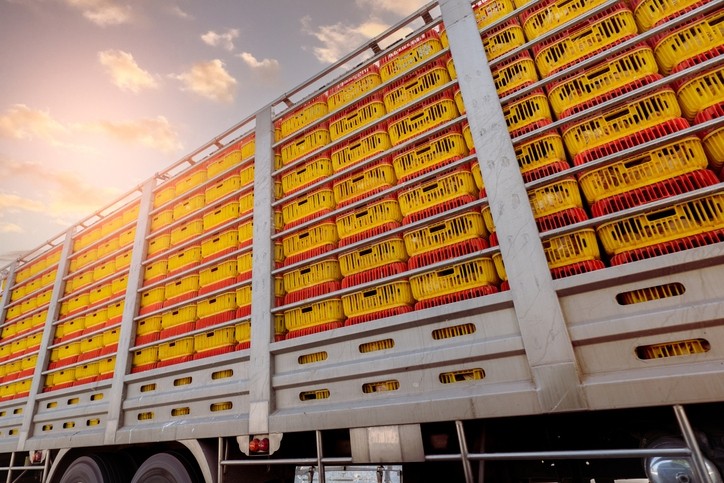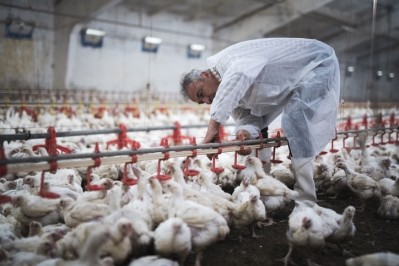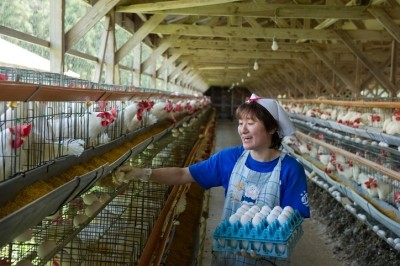Study: Bird flu is undergoing changes that may raise risk of widespread human transmission

The researchers also said that the findings raise concerns of a potential epidemic or pandemic in the making and that concerted research is necessary to closely monitor such viruses in poultry and humans.
The study was a collaboration between the University of Nottingham, the China Agricultural University in Beijing, the Chinese Academy of Sciences and the Chinese Center for Disease Control and Prevention.
The results, which have been published in Cell, report on the characterization of a human isolate – from a human patient – of the H3N8 avian influenza virus (AIV).
In humans, avian H3N8 virus infection has been found to cause acute respiratory distress syndrome and can even be fatal. In 2022, AIVs in China caused two confirmed human infections, followed by a fatal case reported in 2023.
Using laboratory mice and ferrets as models for human infection, the study found that virus has undergone adaptive changes to cause severe animal infections and making it transmissible by the airborne route between animals.
While the virus is widespread in chicken flocks, the ways in which it might be transmitted from animals to humans were, prior to these findings, poorly understood.
“We demonstrate that an avian H3N8 virus isolated from a patient with severe pneumonia replicated efficiently in human bronchial and lung epithelial cells, was extremely harmful in its effects in laboratory mammalian hosts and could be passed on through respiratory droplets,” says Professor Kin-Chow Chang, at the University of Nottingham.
Global concerns
The current outbreaks of bird flu have caused devastation in animal populations, including poultry, wild birds, and some mammals, and harmed farmers’ livelihoods and the food trade. Although largely affecting animals, these outbreaks pose ongoing risks to humans, warned the Food and Agriculture Organization of the United Nations (FAO), the World Health Organization (WHO), and the World Organisation for Animal Health (WOAH) earlier this summer.
The organizations are urging countries to work together across sectors to save as many animals as possible and to protect people.
In an industry note, published on the WHO website in July, the tripartite partners highlighted how the increasing number of H5N1 avian influenza detections among mammals—which are biologically closer to humans than birds are—raises concern that the virus might adapt to infect humans more easily. "In addition, some mammals may act as mixing vessels for influenza viruses, leading to the emergence of new viruses that could be more harmful to animals and humans."
The organizations are urging countries to take a series of actions to curb the spread of the virus, chief among them is the prevention of bird flu at its source, mainly through enhanced biosecurity measures in farms and in poultry value chains, and in applying good hygiene practices.
"WOAH members, in consultation with the poultry sector, may consider the vaccination of poultry as a complementary disease control tool based on sound surveillance and taking into account local factors such as circulating virus strains, risk assessment and vaccination implementation conditions."









